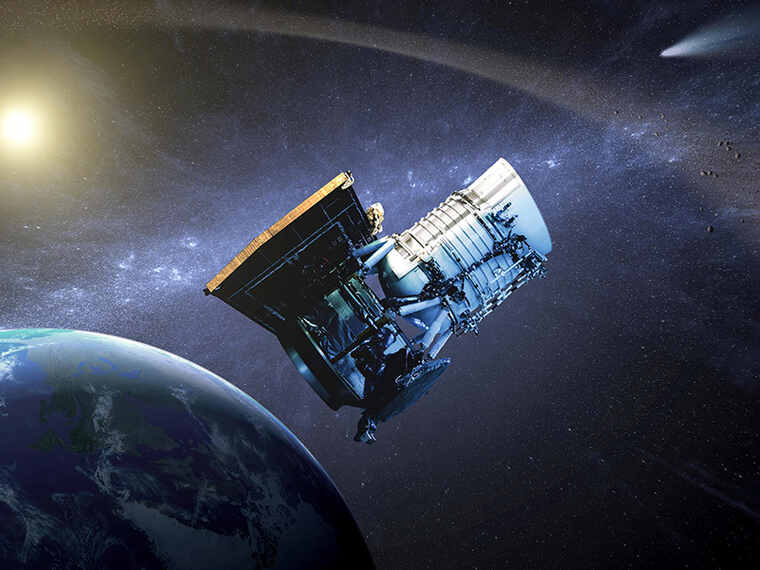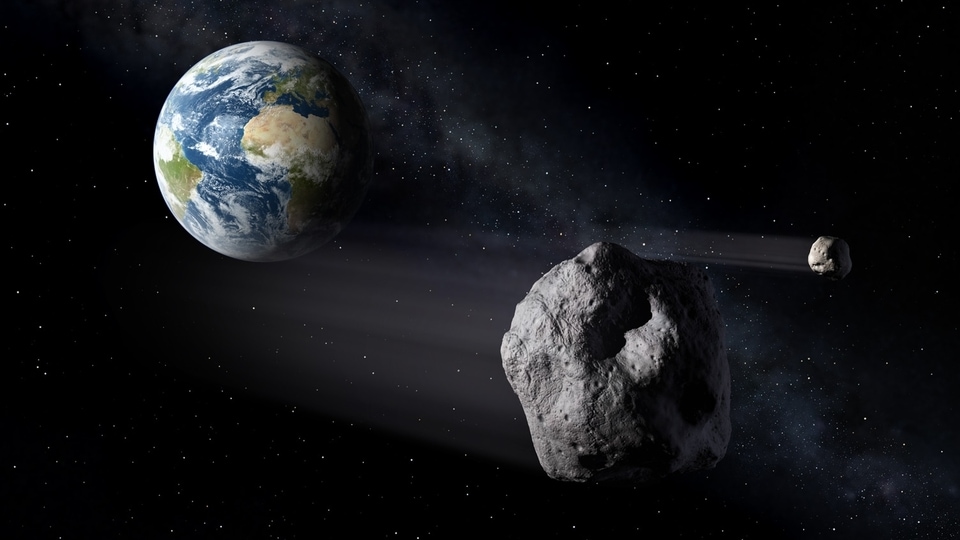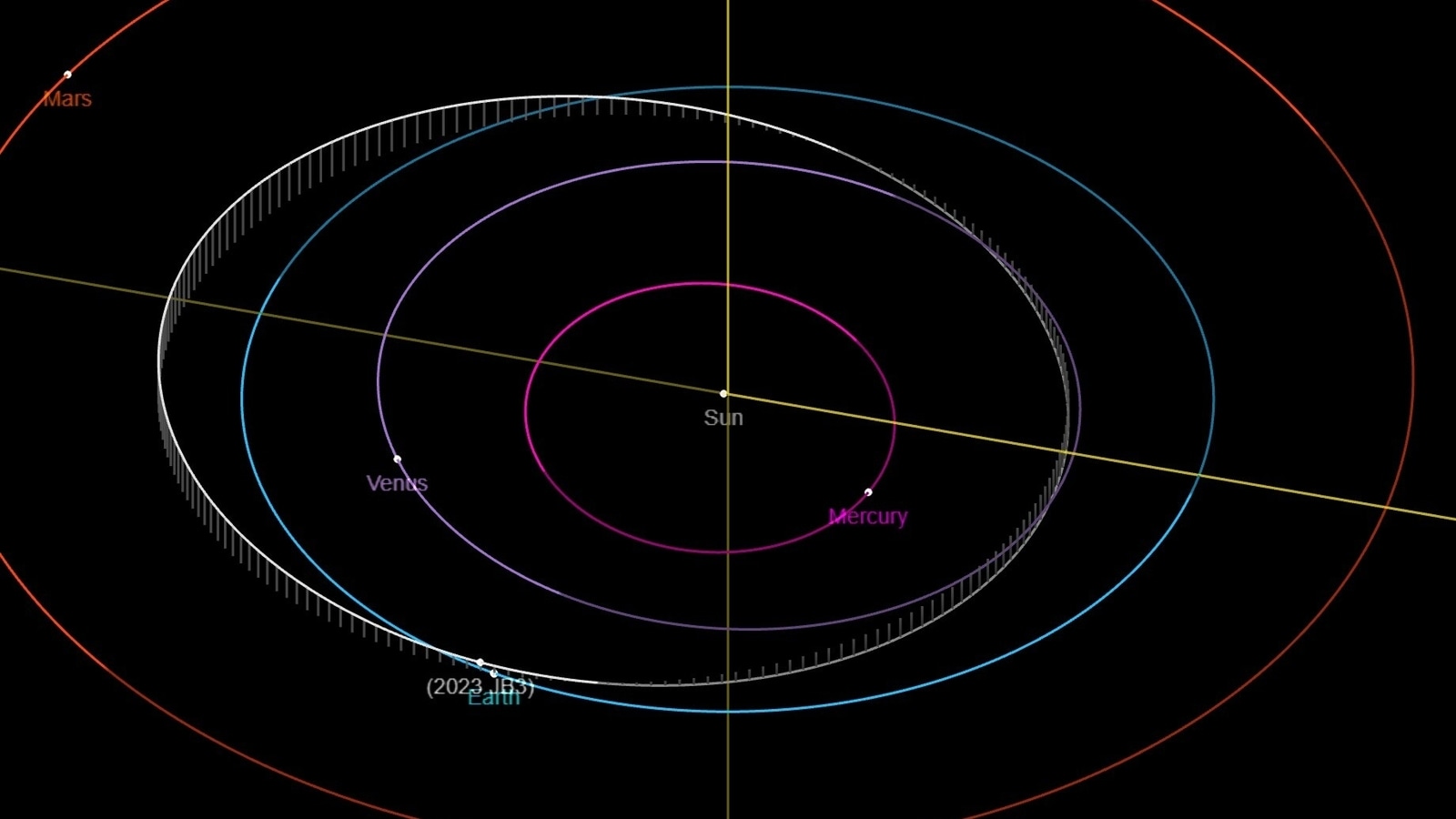160-foot asteroid approaching Earth at fiery speed for a close approach, NASA data reveals
A huge asteroid could pass Earth at a very close distance and NASA has revealed information such as its speed, size, and more. Check details.







 View all Images
View all ImagesThe three primary classifications of asteroids are C-type, S-type, and M-type. C-type asteroids, which are composed primarily of carbon-rich substances, are the most frequent, while S-type asteroids, which are made up mainly of silicate minerals, are less common. M-type asteroids, which are primarily composed of metal, are the least prevalent. Research on asteroids is critical since it can provide valuable information on the early stages of the solar system and planetary development. Furthermore, these celestial bodies might contain useful resources such as metals and water, which may be utilized in forthcoming space missions.
NASA has recently issued an alert against one such mammoth asteroid that is set to make a close approach to Earth soon.
Asteroid 2023 JB3 details
The asteroid, designated as Asteroid 2023 JB3 by NASA's Center for Near Earth Object Studies (CNEOS), will make its closest approach to Earth tomorrow, June 9, at a distance of 5.4 million kilometers. It is dashing towards Earth at a fearsome speed of 25018 kilometers per hour. Asteroid 2023 JB3 belongs to the Apollo group of Near-Earth Asteroids (NEAs).
What's concerning about this asteroid is that it is mammoth in size. With a width of nearly 160 feet, it can be compared to huge aircraft! It belongs to the Aten group of asteroids, which are Earth-crossing Near-Earth Asteroids (NEAs) with semi-major axes smaller than Earth's. They are named after the asteroid 2062 Aten.
NASA tracks asteroids using a combination of ground-based and space-based telescopes. The NASA-funded Asteroid Terrestrial-impact Last Alert System (ATLAS) scans the night sky for moving objects and reports any potential asteroid detections, while some space-based observatories use infrared sensors to detect asteroids and their characteristics.
Who monitors the skies for Near-Earth Objects?
More and more asteroids have been flying past Earth albeit at a safe distance. NASA's Planetary Defense Coordination Office monitors the skies with telescopes and keeps track of upcoming near-Earth object (NEO) flybys. With the help of advanced telescopes, more than 750,000 asteroids have been discovered to date, of which more than 27,000 are near-Earth asteroids.
Catch all the Latest Tech News, Mobile News, Laptop News, Gaming news, Wearables News , How To News, also keep up with us on Whatsapp channel,Twitter, Facebook, Google News, and Instagram. For our latest videos, subscribe to our YouTube channel.





























